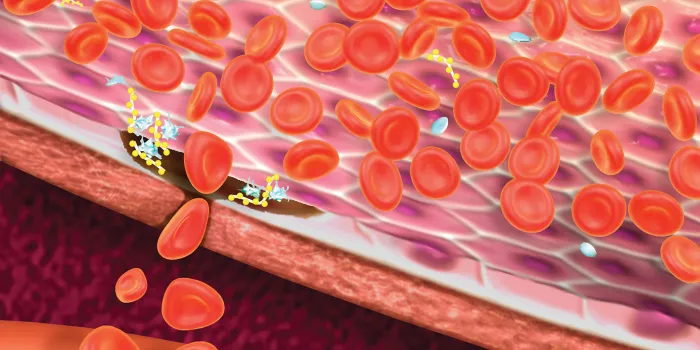The most common inherited bleeding disorder, von Willebrand disease (VWD) has also been one of the most difficult to diagnose. But a new diagnostic test developed at BloodCenter of Wisconsin, in Milwaukee, is providing more precise, reliable results than traditional tests.
“By utilizing the new test, practicing hematologists can be more confident that the results accurately reflect the clinical scenario of the patient,” says Kenneth Friedman, MD, medical director at BloodCenter of Wisconsin and associate medical director of BloodCenter’s Comprehensive Center for Bleeding Disorders. “Confidence in diagnosis more efficiently guides treatment decisions. When treatments are applied more rapidly, the quality of life and outcome for a patient with VWD, and potentially their family, improves.”
Diagnostic challenges of VWD
VWD is caused by deficiencies of von Willebrand factor (VWF), a platelet adhesive protein, but those deficiencies can vary widely. For instance, VWD may occur as type 1 (mild), type 2 (moderate) or type 3 (severe). And within type 2, there are four subtypes: 2A, 2B, 2M and 2N.
Historically, doctors have not had a definitive assay to measure the function of VWF, says Veronica Flood, MD, associate professor of pediatric hematology and oncology at the Medical College of Wisconsin, in Milwaukee. “That is complicated by the fact that there are several different functions of the VWF protein,” she says.
A main function of VWF is binding to platelets, which traditionally has been measured by a test that has unreliable results. The test relies on ristocetin, an antibiotic given to induce platelet binding. But because of genetic variations, people can react differently to ristocetin, which is one reason the results vary. Unfortunately, this often leads to diagnoses of VWD when the disorder isn’t present, Flood says.
“The challenge,” Friedman says, “is that multiple tests need to be performed to accurately diagnose VWD. The standard VWF activity test is insensitive and imprecise. It may also provide false low results in patients with a genetic variation that is very common in healthy individuals.”
A new way to test for von Willebrand factor
The new, more sensitive test for VWF activity, known as the VWF GPIbM Activity test, is designed to uncover qualitative VWF defects to reduce variability and provide more precise, reliable and sensitive results. In addition to increased precision, “the new test is also not subject to the falsely low results seen in the current standard test,” Friedman says.
The new test uses a mutated protein, developed by researchers at BloodCenter of Wisconsin, to allow spontaneous binding of VWF to platelets. “While every test has a certain amount of variation in measurements, we get a better, more precise read with our new test,” Friedman says. “Superior reliability of results may improve result interpretation when comparing the multiple test results needed to accurately diagnose VWD.”
Because the new assay doesn’t rely on ristocetin, “there won’t be issues with genetic variants and false diagnoses,” Flood says. “The new test uses a gain-of-function GPIb that binds spontaneously to VWF, whereas the old VWF ristocetin cofactor activity assay needed ristocetin to make that interaction happen.”
Looking ahead
Practitioners think the new von Willebrand disease test will make a difference for their patients. “People who have low VWF will be picked up more easily, since they will be less likely to have a falsely reassuring level,” Flood says. “Also, falsely low levels will be less likely, so patients will be less likely to be labeled with a diagnosis that doesn’t apply.”
In addition, after more clinical use and assessment, the new test may prove able not only to determine whether a patient has VWD, but also to differentiate patients with VWD type 2A or 2B, Friedman says.
However, because stress can still raise VWF levels, new tests won’t entirely solve the diagnostic problems, Flood says. She and other clinicians hope that further investigation will continue to improve diagnostics and treatment plans for people with VWD.

